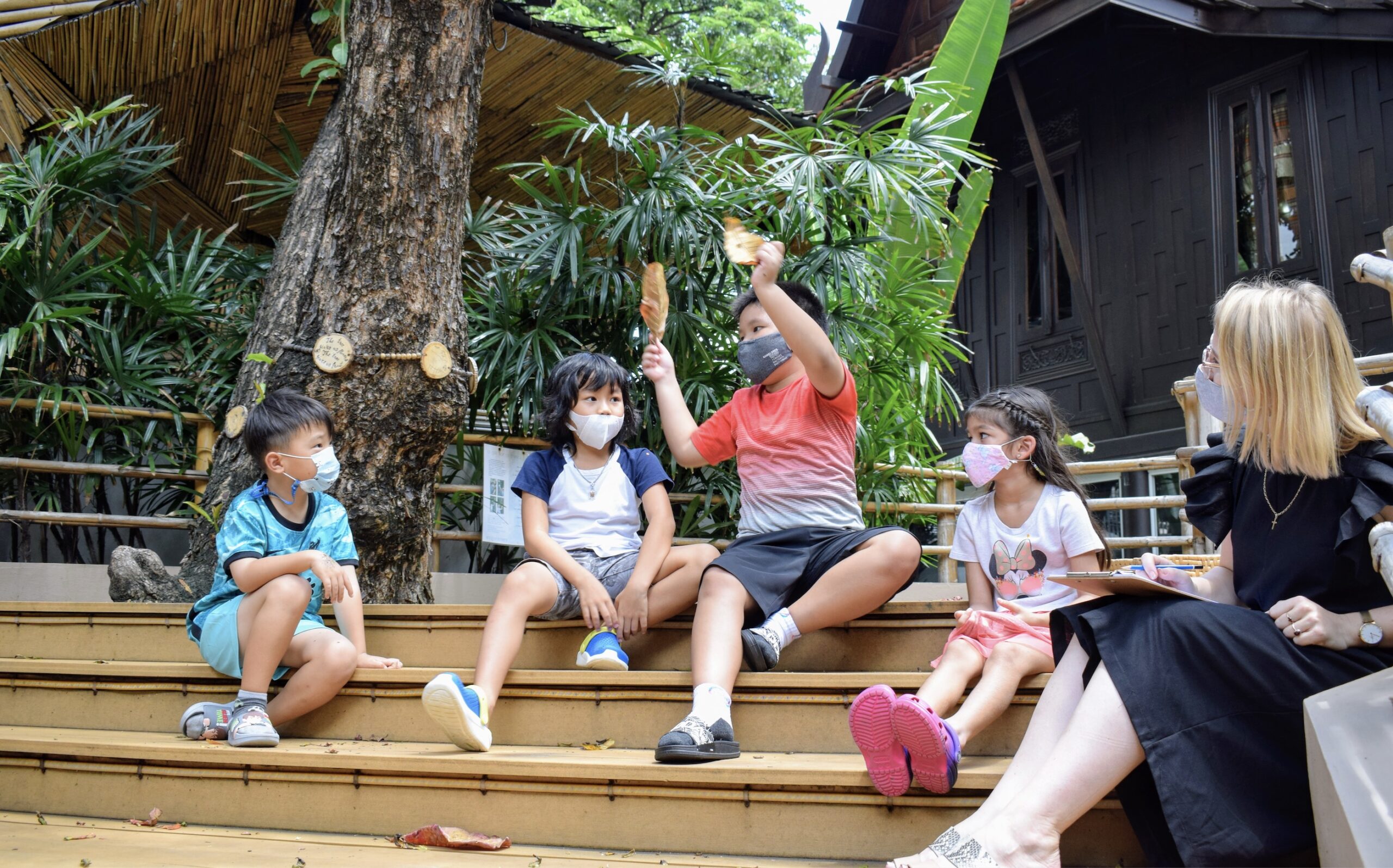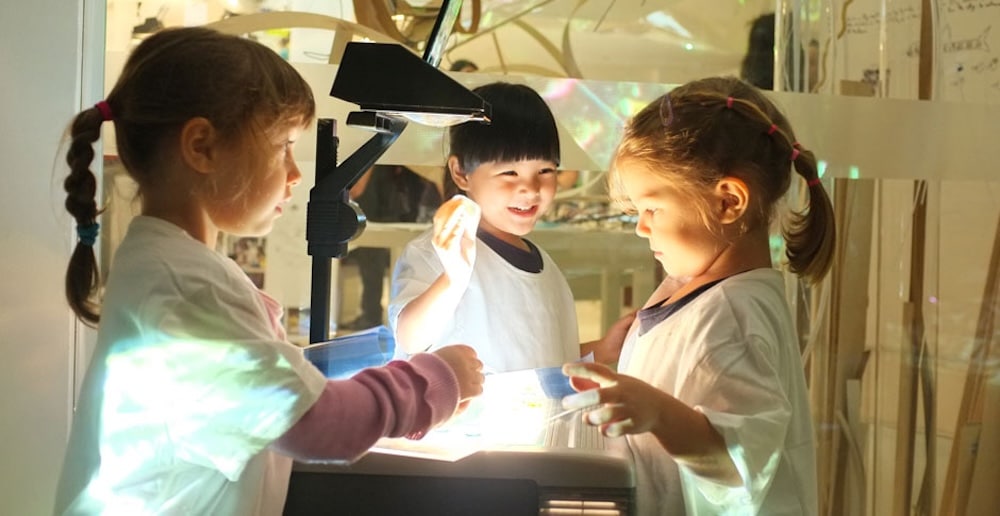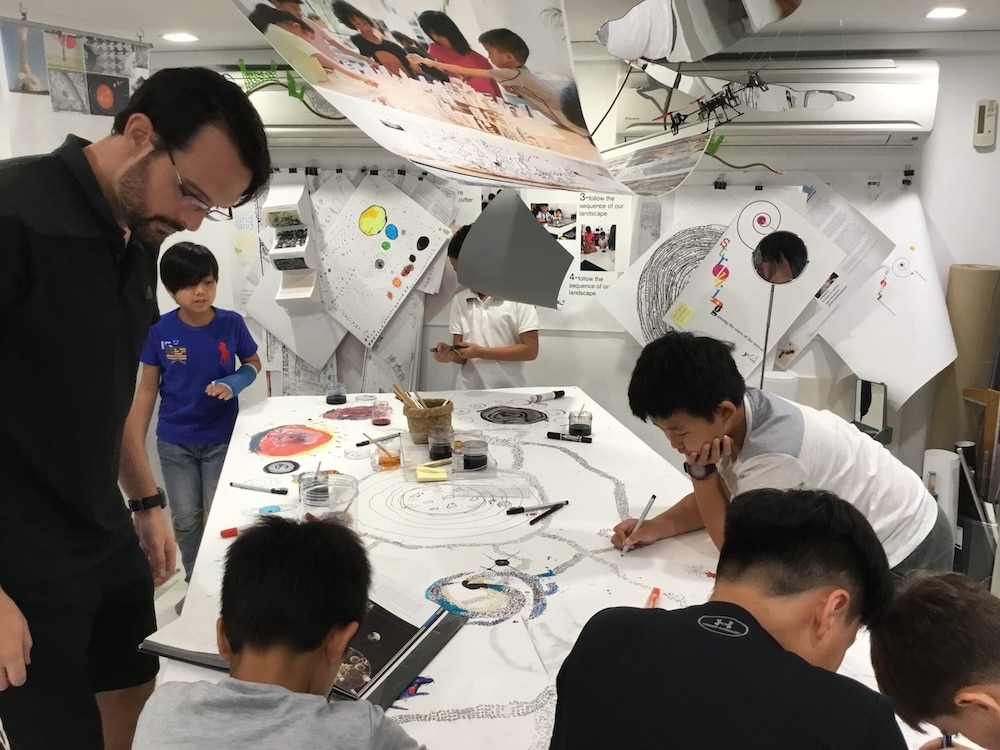How did you arrive in your current role of Project Coordinator/Atelierista?
I am trained as both a primary and secondary educator and began my career in my home country, New Zealand, where I taught primary age children for four years. When I moved to Bangkok and arrived at ELC, I fell in love with the teaching and learning philosophy; I had never experienced anything like it before. I taught for 7 years here in the classroom across years 4, 2, and 1, but as I learnt more about Project, and all that comes with it, I came to realise that this was where my pedagogical interests and passions lay; Project was my favourite part of each day and it was the time that I felt most myself as a teacher. I was offered the opportunity to visit Reggio Emilia for professional development with some of my colleagues, and this experience further cemented in me that I had found my niche in education: Project. I stepped into the role of Project Coordinator and Atelierista two years ago and I can’t imagine doing anything else – this is a dream!
How would you describe your role?
I coordinate Projects within each class across years one and two; this involves collaborating in projecting and design, research, documentation, and aesthetic maintenance of the physical spaces – the ateliers, classrooms, and outdoor spaces – to ensure they are beautiful, inviting and thought-provoking. I am fortunate enough to work with both teachers and children. Of course, in any educational setting there is a degree of collaboration between teachers in terms of curriculum development and planning, but at ELC, collaboration is absolutely intrinsic to the learning process. I work closely with teachers to consider what provocations and experiences we can offer children to help them go deeper in their thinking and curiosities. I spend a lot of my time researching, not so I can impart the knowledge I acquire to children, but rather researching in order to have a strong foundation in the topic so that I can intentionally set up experiences through which the children can make the discoveries themselves. For example, a year two class is currently exploring the microcosms within the world of fungi and trees; alongside the classroom teacher, we research how these organisms operate in the forest system, and rather than delivering the new information directly to the children, we set up provocations and experiences that give the children the opportunity to build new knowledge themselves. In fact, the fungi here is what I would call an ‘excuse’ for learning: the children are immersed in experiences that require them to be researchers by making their own hypotheses and observations, by asking questions, and revising their ideas, which always incorporates a variety of materials and techniques – in this case, hands-on research with growing and taking care of their own mushrooms in the classroom, observing and documenting the growth and analysing changes, working with clay and digital 3D modelling to further develop their understanding of the anatomy of a mushroom, engaging with video articles and books, and developing a handbook to teach others about the different types of fungi.
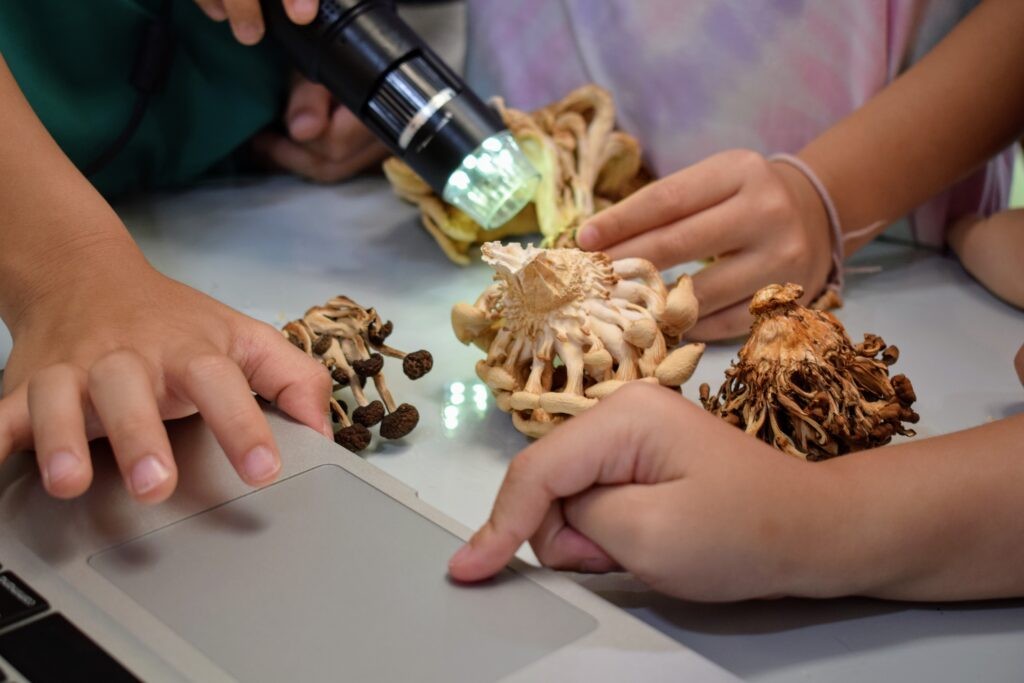
Documentation is my favourite part of this role. During every Project session with children, I take notes of conversations and photographs, and together with our atelieristas and teachers, we combine our findings to make learning visible for children and families. But more than this, documentation is an important element of our ‘projecting’ – of learning possibilities and encounters – by highlighting potential avenues to explore and ideas that can be re-launched through a different lens. Sometimes, all it takes is one particular comment from a child which then becomes the seed for an entire Project. One such beautiful moment came many years ago, on a boat as we travelled along the Chao Phraya river, when I heard a child ponder aloud, I wonder how many drops of water it takes to make this river? This became the basis for an entire Project on considering Bangkok city from the perspective of a raindrop. This is why, as educators, we have to be present to our surroundings, to conversations, and to our children, all of the time.
You have been at ELC for 9 years, how has your teaching philosophy/approach developed?
I would honestly say that my teaching approach has been revolutionised by ELC – it has changed my outlook on education and children as a whole, and even the way that I live my life. Whilst I have maintained my calm and nurturing approach to education, ELC has expanded my horizons in so many other ways. I am now much more open-minded, not only by virtue of the fact I am in an international school where we are constantly exposed to new cultures and ways of thinking, but also because when I go into school every day I don’t view myself as a ‘teacher’ but rather as someone who co-constructs knowledge by participating in the learning process alongside the children and other adults. That’s a huge shift – to go from seeing yourself as someone who teaches, to someone who learns and discovers and develops.
What does a typical day look like for you?
There is never a ’typical’ day in Project. I work with each of the year one and two classes throughout the week, but each week there has to be a degree of flexibility to adjust to the corresponding Project demands of each class. As our environment is rich in child-led learning, Project is fluid and unfolds organically, so that we can stay present to the children’s curiosities and development. I usually work collaboratively with the teacher in the classroom, but sometimes the Project calls for breakaway experiences where I take a smaller group of children to focus on something specific, and then meet together at the end of the experience to share it with the class. Each class also participates in a session with the Atelierista of Expressive Languages (for Y1-2 Ms Kwan, Y3-6, Ms Michela), and in a series of integrated experiences with their classroom teacher in Language Arts, Science, Social Studies or Mathematics. Following my experience with the children, I devote time to documenting the experience: photographs, scanned images of their expressive representations, and transcribed conversations, researching ways that we can take the children further, and weekly progettazione meetings with teachers where we discuss the documentation and next steps in the Project.
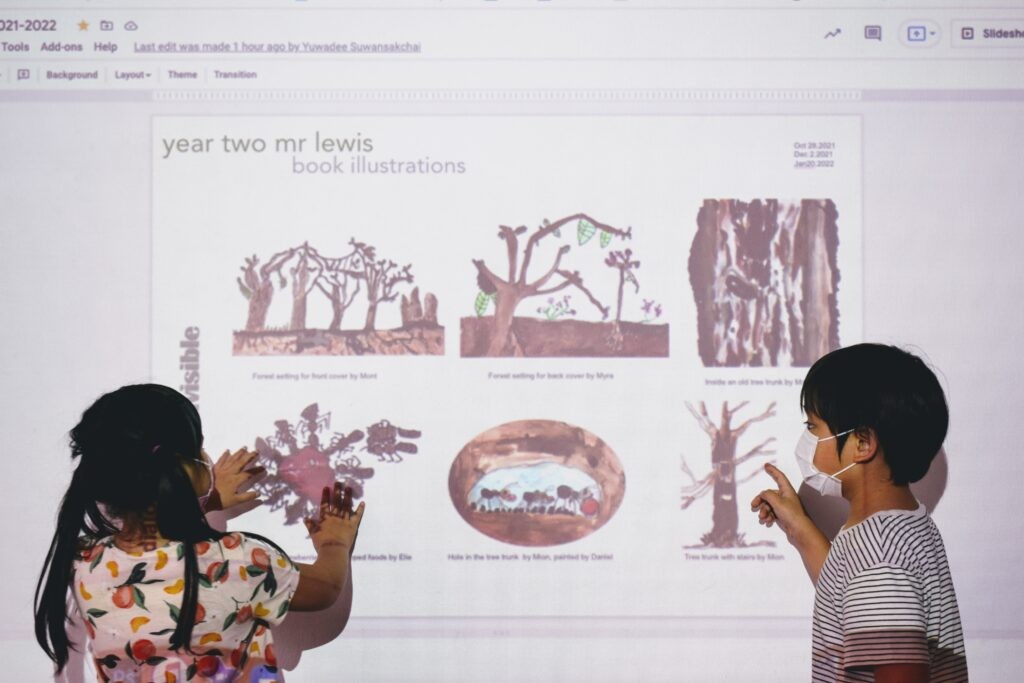
What is distinctive about ELC’s approach?
I would highlight two key aspects of ELC’s approach; learning is community-based and learning is child-led. We want our entire community – children, teachers, coordinators, staff, atelieristas, and families – to be part of the learning process. ELC thrives on the relationships we nurture; we know each child by name, and we actively encourage cross-sharing between year groups to learn from each other. ELC sees every child as full of potential, capable, and unique. Far from them being an ’empty vessel’ we are to fill, ELC already views every child with potential, interests, passions, and agency. Learning is child-led because we honour and respect what children have to say. I’ll never forget one particularly powerful moment during my time in Reggio Emilia when a 16 year old girl was invited to share memories of her time at one of the preschool centres where she had been until the age of 5. Her lasting memory was the feeling that what she thought and said was always considered important, because every time she spoke, someone was writing it down or photographing her, and then her words, her photos and her graphic representations would later appear up on the school wall. At ELC, we aspire to instil this same confidence in children. Documentation illuminates the value we place on the child’s individual voice, thoughts, beliefs, and ideas. Recently, when working with a child new to our school, one of their peers so beautifully explained to them, as I was capturing photographs of them exploring and discovering, Ms Sam is just capturing a memory of the learning we do together.
